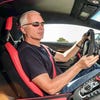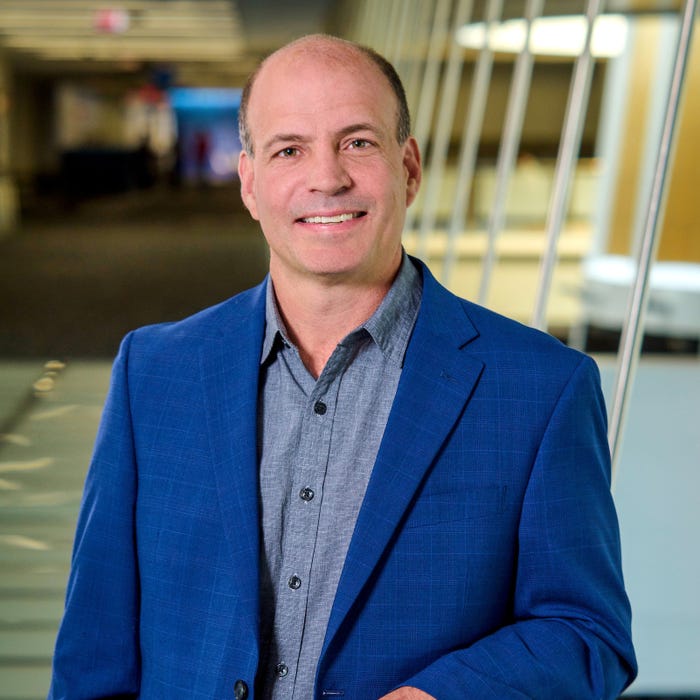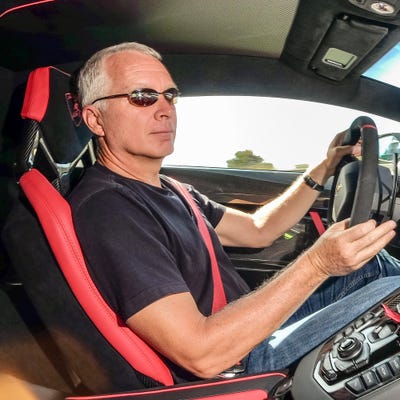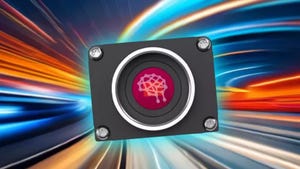Sign Up for the Design News Webinar Mapping GM’s Path to Autonomy
Jason Fischer, General Motors’ executive chief engineer for autonomous technology discusses the company’s strategy for safe automation.
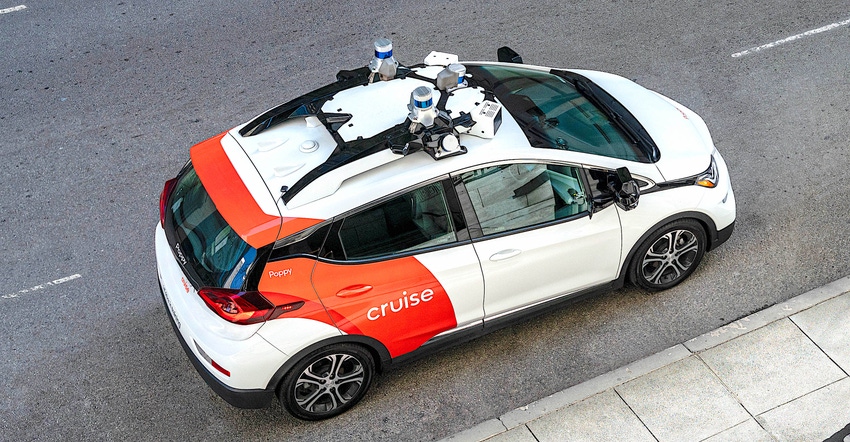
General Motors is plotting a cautious route to autonomy, using extra sensors to ensure that driver assistance systems have a reliable view of the world. At the same time, GM’s Cruise subsidiary is delivering autonomous rides for passengers. The company says that this dual path provides the best foundation for advancing autonomous technology.
“GM is the only automaker with a dual path approach to autonomy through today’s and tomorrow’s advanced driver assistance systems, Super Cruise and Ultra Cruise, and autonomous vehicles already on the roads with Cruise,” says Fisher. “The company is focused on the safe deployment of both paths, never sacrificing safety for speed."
During this Design News webinar, Fisher will elaborate on this dual path approach, the immense societal benefits of Avs, and how consumers can feel confident in these technologies.
As executive chief engineer for autonomous technology, Fischer leads the company’s cross-functional engineering teams responsible for GM’s work with Cruise, developing the first purpose-built electric and autonomous vehicle, the Cruise Origin, and future personal autonomous vehicles.
Fischer started his engineering career at GM as a mechanical engineer. Since then, his work at GM has spanned from the United States to Australia and Korea. He has worked with teams to design, develop and integrate ride, handling, steering, and braking performance for multiple global platforms and enhanced vehicle dynamics and performances. He holds a bachelor’s degree in engineering from Michigan State University and a master’s degree in engineering from Purdue University.
|
General Motors has promised that Ultra Cruise, the company’s next-generation advanced driver assistance system that is designed to ultimately enable hands-free driving in 95 percent of all driving scenarios, will have a 360-degree view of the vehicle through a comprehensive sensor suite when it launches on the Cadillac Celestiq EV. The company’s Ultra Cruise sensor strategy is directly guided by its philosophy of safely deploying advanced driver assistance (ADAS) technologies.
The Cruise autonomous taxi service, meanwhile, aims to provide a fleet of self-driving vehicles that drives carefully, consistently, and never under the influence, with high vehicle availability during nighttime hours with world-class customer service. These cars incorporate purpose-built nighttime safety features for the pickup, driving, and drop-off experience.
Sign up for the Design News webinar to hear Fischer describe GM’s strategy to combine these two approaches to autonomous vehicle technology.
About the Author(s)
You May Also Like
